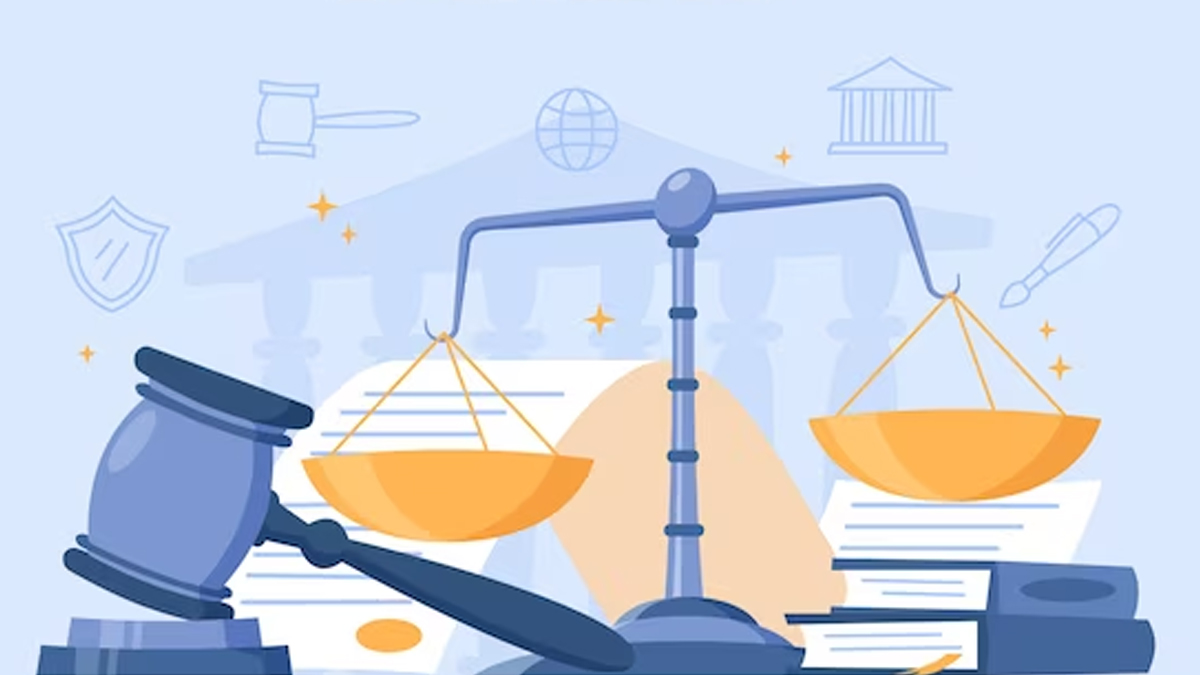Eastern Book Company v. D.B. Modak, 2008 (36) PTC 1 (SC) Case Summary
Facts of the Case
This publication includes edited versions of Supreme Court judgments, complete with formatting, headnotes, footnotes, and other editorial inputs to enhance readability and utility. The dispute arose when Spectrum Business Support Ltd. and Regent Datatech Pvt. Ltd. released software products “Grand Jurix” and “The Laws,” respectively, which allegedly copied the edited versions of judgments published by EBC.
Issues
- Whether the edited versions of Supreme Court judgments published by EBC are eligible for copyright protection.
- Whether the defendants infringed EBC’s copyrights by reproducing the edited versions of the judgments.
Legal Provisions
- Section 13 of the Copyright Act, 1957: Addresses works in which copyright subsists.
- Section 14 of the Copyright Act, 1957: Defines the exclusive rights of a copyright owner.
- Section 52(1)(q)(iv) of the Copyright Act, 1957: Specifies conditions under which the reproduction of certain works does not constitute infringement.
Arguments
Petitioners (EBC):
- Claimed that their work on SCC, which involves significant skill, labor, and judgment, qualifies as an original work protected under copyright law.
- Asserted that the defendants’ use of their copy-edited judgments constitutes copyright infringement.
Defendants:
- Argued that the judgments themselves are not subject to copyright, as they are public records.
- Claimed that EBC’s editorial additions do not meet the creativity threshold necessary for copyright protection.
Court’s Analysis and Decision
The Supreme Court of India examined the standard of originality required for derivative works to qualify for copyright protection. The Court found that EBC’s work involved more than trivial input; it required substantial skill and judgment, particularly in the organization and presentation of the judgments. The Court applied a “skill and judgment” test, which balanced the need for minimal creativity without requiring novel or non-obvious input. The Court concluded that EBC’s contributions, such as formatting, paragraph numbering, and editorial notes, did exhibit the necessary creativity to merit copyright protection.
The Court partially allowed EBC’s appeal, restricting the defendants from using EBC’s copy-edited paragraphs and editorial content but permitting the use of the judgments themselves, provided that they did not replicate EBC’s specific editorial enhancements.
Conclusion
The case set a precedent for defining originality in copyright law, establishing that while derivative works need not be novel, they must exhibit sufficient skill and judgment to qualify for protection. The decision reinforced the balance between protecting the rights of content creators and ensuring public access to judicial opinions.
